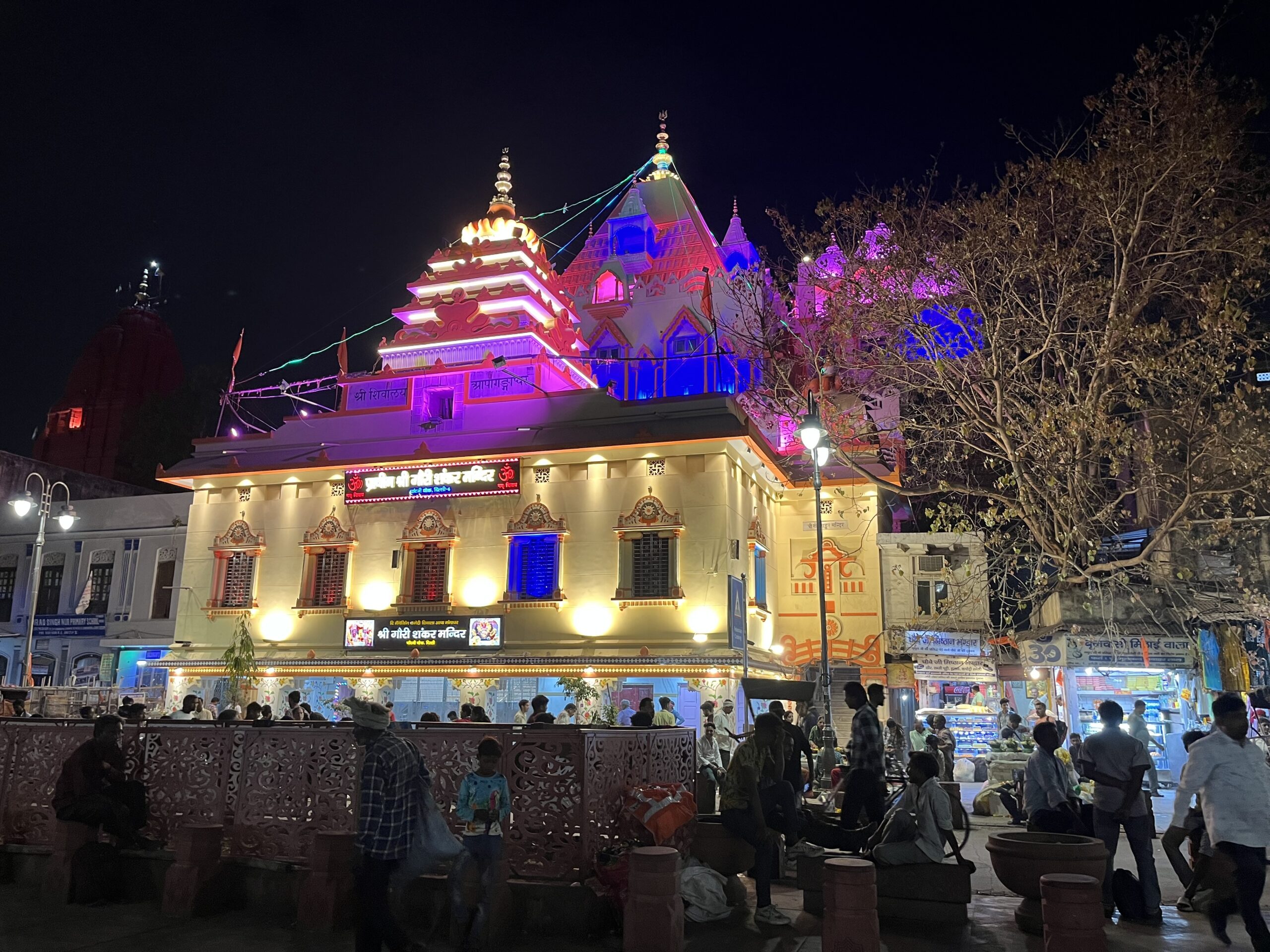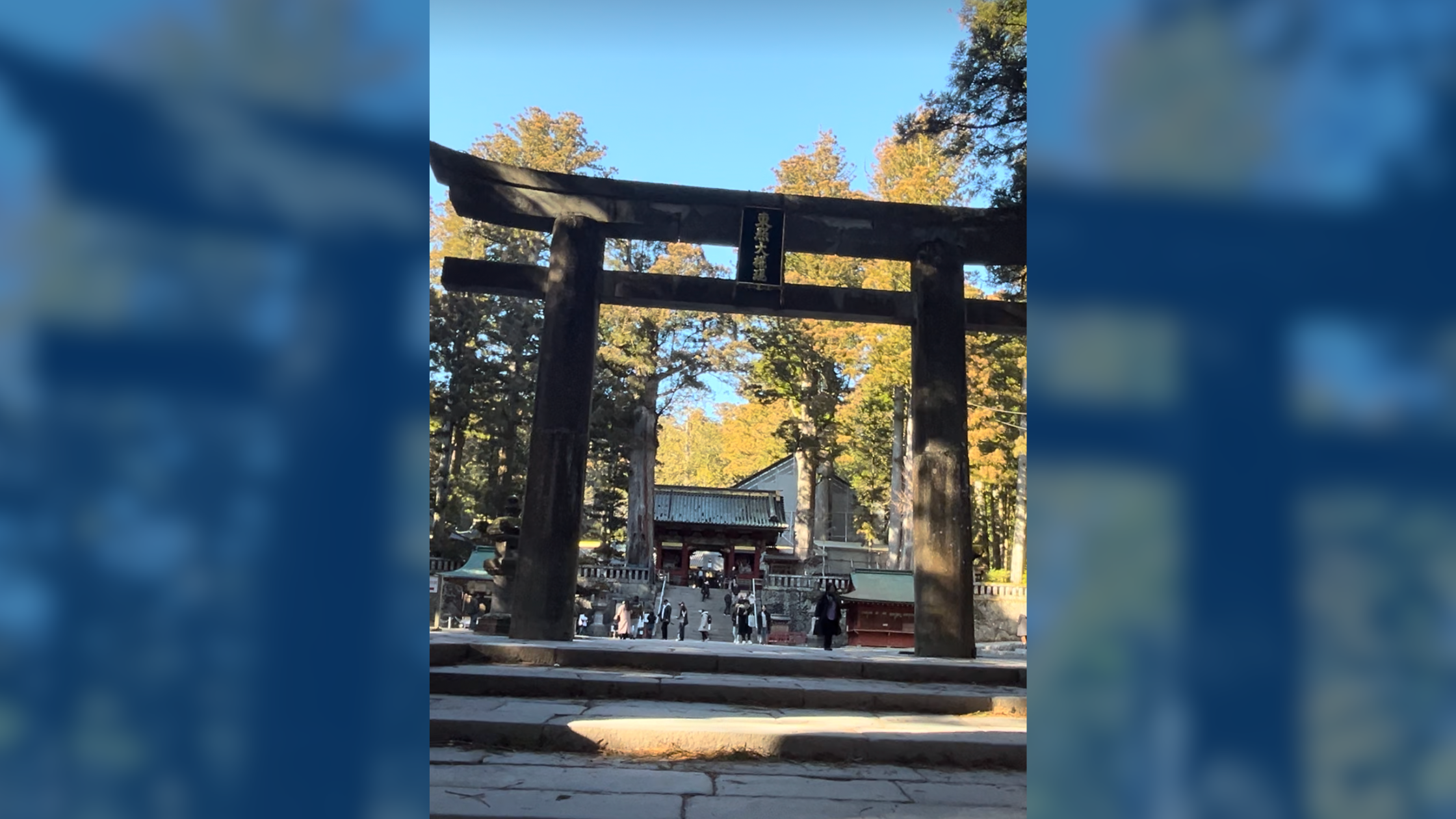When we talk about religious literacy, we are often focusing on some of the world’s major religions like Islam, Hinduism or Sikhism. But there are other religions we encounter less often which are no less interesting or important. I thought today I would share a bit about these smaller traditions that many have heard of but often don’t know much about. Being religiously literate feeds our curiosity and helps us understand one another and our world better. So, here we go!
Bahá’ís
The Bahá’ís emerge in Persia (now Iran) in the mid-19th century from Shi’i Islam. The Shi’is expected a messianic figure (the Hidden Imam) would come to found the true Islamic state. However, something emerged which was not anticipated – a new religion.
Siyyid ‘Ali Muhammad (called the Bab or ‘Gate’) said a prophetic figure would follow him and, in 1863, the Bahá’u’lláh declared he was the one foretold by the Bab. Bahá’ís see Bahá’u’lláh as a Manifestation of God and that other Manifestations before him include the Buddha, Jesus, and Muhammad. And this is a key teaching – Baha’u’llah said all the major religious figures taught essentially the same message. Bahá’ís call this “progressive revelation,” meaning that God reveals his will slowly over eons. Just as what we learn age 7 prepares us for what we will learn at age 12, God’s prophets have taught us more over time as we were ready. Under this view, all religions agree on the essentials though customs (e.g. rituals or prayers) may vary.
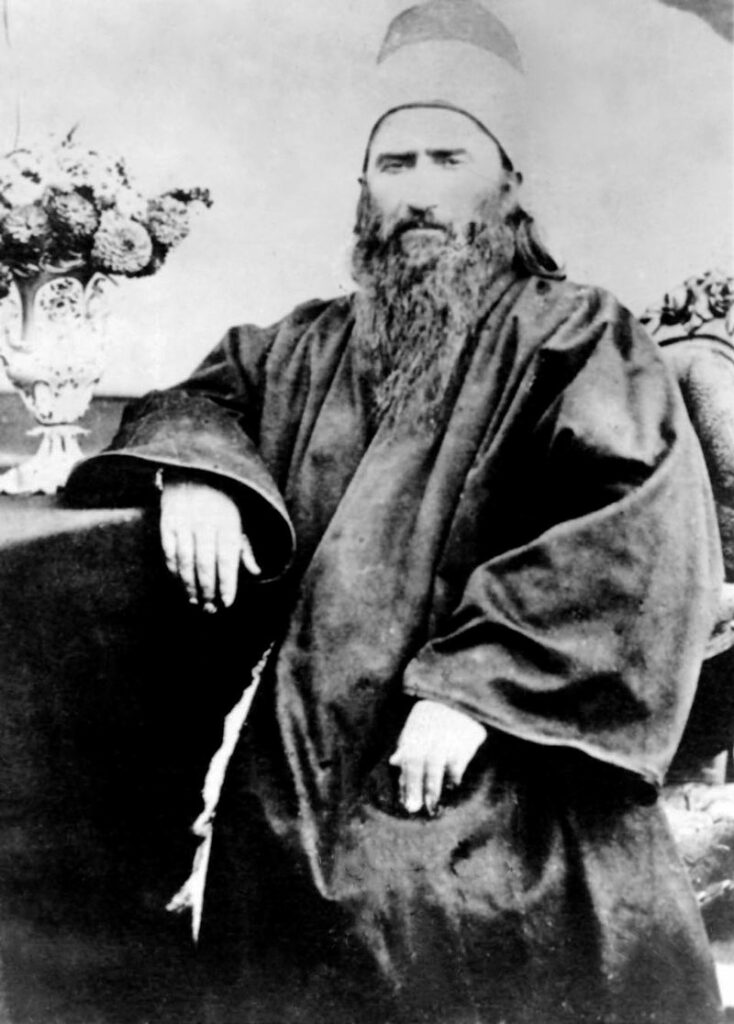
Bahá’u’lláh means “The Glory of God”. Photo credit: wikipedia.org
This unity theme extends beyond religion – since their origin almost two centuries ago, Bahá’ís have called for a world tribunal to settle disputes between countries and for a universal auxiliary language (“auxiliary” meaning a second language) so that people across the globe could communicate and understand one another. The Bahá’í vision is of a unified world at peace.
Bahá’ís also believe in progress. Early leaders called for universal education, adopting advanced agricultural techniques, democracy, and prioritized women’s education which continues today with Bahá’í assistance programs globally. The movement also emphasizes equality. When the founder’s son, Abdul Baha, visited the USA in 1912, he integrated Blacks and Whites at gatherings, placed a Black man in a place of honour at a diplomatic gathering, and spoke at Black churches and colleges. Bahá’ís believe that human progress will one day lead to greater harmony and achievements than we have today.
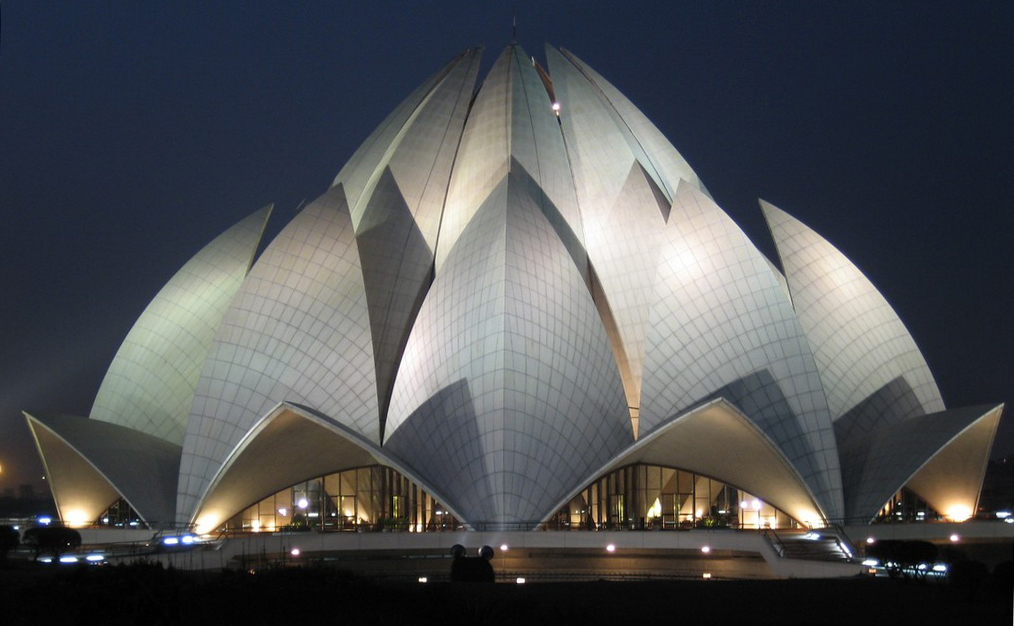
The magnificent Bahá’í temple in New Delhi resembles a lotus flower. Photo credit: wikipedia.org, by Vandelizer (License).
Finally, Bahá’ís have been persecuted in Iran, especially since the Iranian revolution. One such expat, Payam Akhavan, is perhaps Canada’s most famous human rights lawyer. Akhavam has spoken about the impact that witnessing such persecution had on him. Today, Bahá’ís number about 8MM and are in every country (except the Vatican and perhaps North Korea) where they advocate for education, equality and global harmony.
Mormons
The Church of Jesus Christ of Latter Day Saints has recently rejected the name “Mormons,” preferring the full name or “Latter Day Saints.” However labelled, the movement starts with Joseph Smith Jr. who, around 1820, encounters the divine in a vision. He is eventually led to buried golden plates. He translates the writing on the plates (called the Book of Mormon) which tell that after Jesus’ resurrection, he appeared to the Indigenous peoples of the Americas.
Nineteenth century America was a land of possibility, an unprecedented optimism pervaded as the new country expanded, grew, got enriched, and seemed unlike any previous nation. Perhaps as a result, the country spawned an enormous number of new churches in that era from Christian Science to Jehovah’s Witnesses and many more. Smith’s was especially notable, however, as it achieved great success and the Book of Mormon sacralized the Americas as part of the Christian story.

Of the many new churches born in early America, only Joseph’s had new scriptures about Jesus, found on golden plates. Photo credit: wikipedia.org
Smith partly brought teachings and practices that were very new for the Christian universe. He taught that God had a physical body and a physical throne near a star or planet named Kolob. He gave details on the nature of heaven and its levels which eventually led the church to baptise the dead to grant the deceased access to the best possible afterlife. And of course, he brought an entirely new book and story that is the Book of Mormon.
And yet, the movement is called the “restoration” because Smith also restored ancient practices in his effort to right the church. Thus, he revived the Biblical practice of building temples (not mere churches), restored the practice of sacraments which many Protestant churches had dropped, was visited by Biblical figures who anointed him to restore ancient priesthoods, and even restored the Biblical practice of polygamy although the church later ended this practice
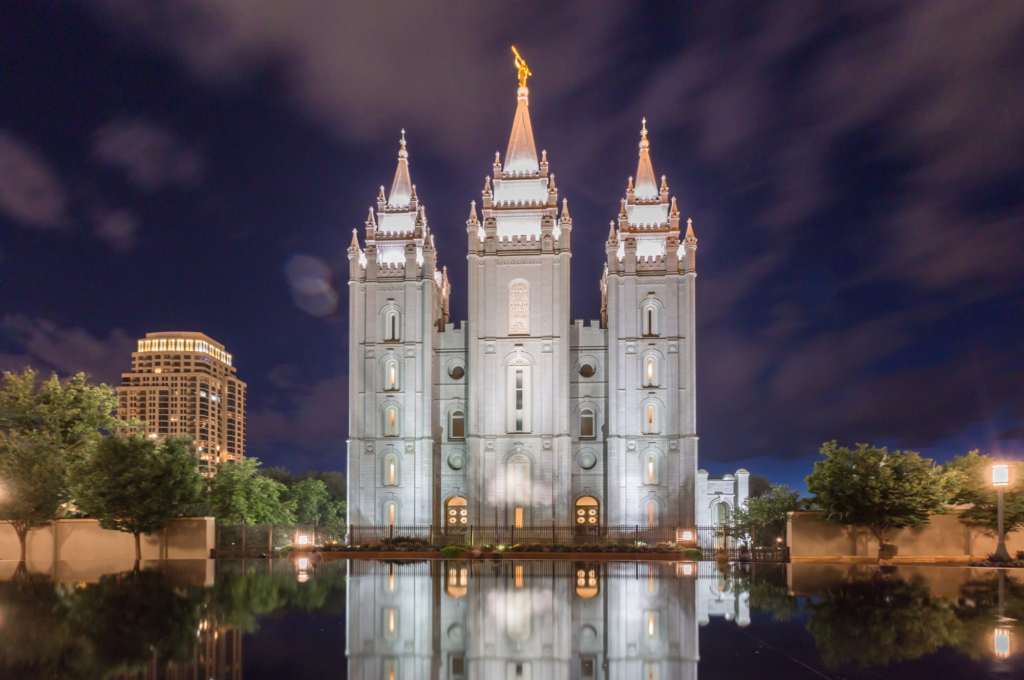
The Utah temple is the spiritual home of the Latter Day Saints. Photo credit: canva.com
Today, the Latter Day Saints number about 16MM, about on par or slightly larger than the world’s Jewish community. Like the Bahá’ís, the movement experienced persecution, most notably when Joseph Smith Jr. himself was killed by a mob. Early Latter Day Saints kept fleeing West to get away from the majority culture that saw the church as a dangerous “cult.” Also, like Bahá’ís, the movement spread as Smith sent out missionaries very early.
Today, the Latter Day Saints run impressive charitable operations including emergency warehouses with supplies and goods for when disasters strike. The church reaches across the globe and is almost entirely run by lay volunteers and lay ministers who donate time every week to church activities. Mitt Romney’s presidential run has helped the church become a bit more accepted in the land of its birth.
During our four-day event, we will have much fuller classes on both religions, including their histories, key practices, and teachings. We will also visit with a leader from each community.
If you’d like to learn more, come join us!

